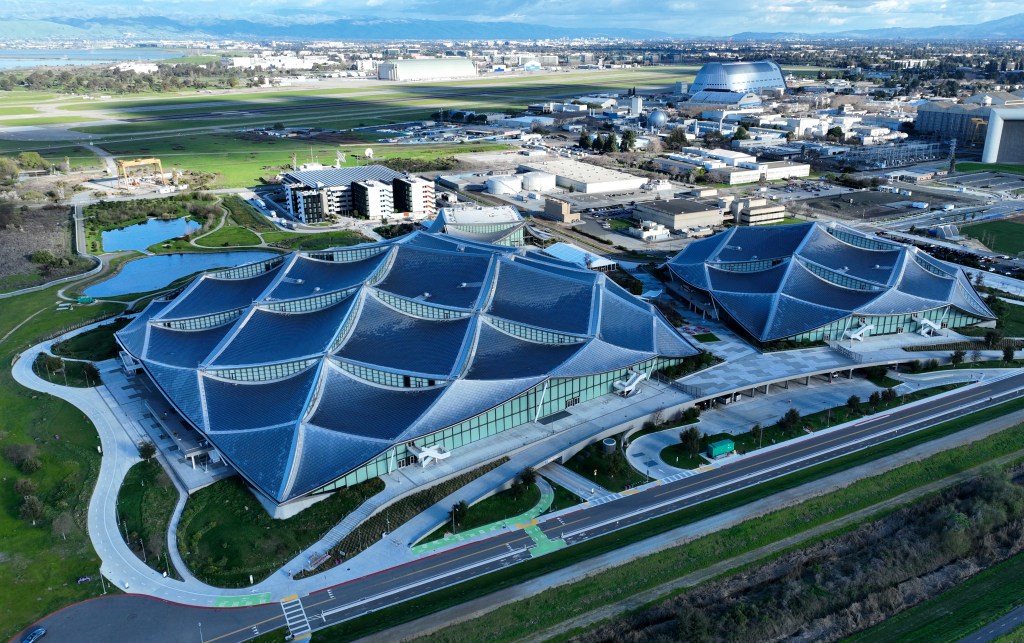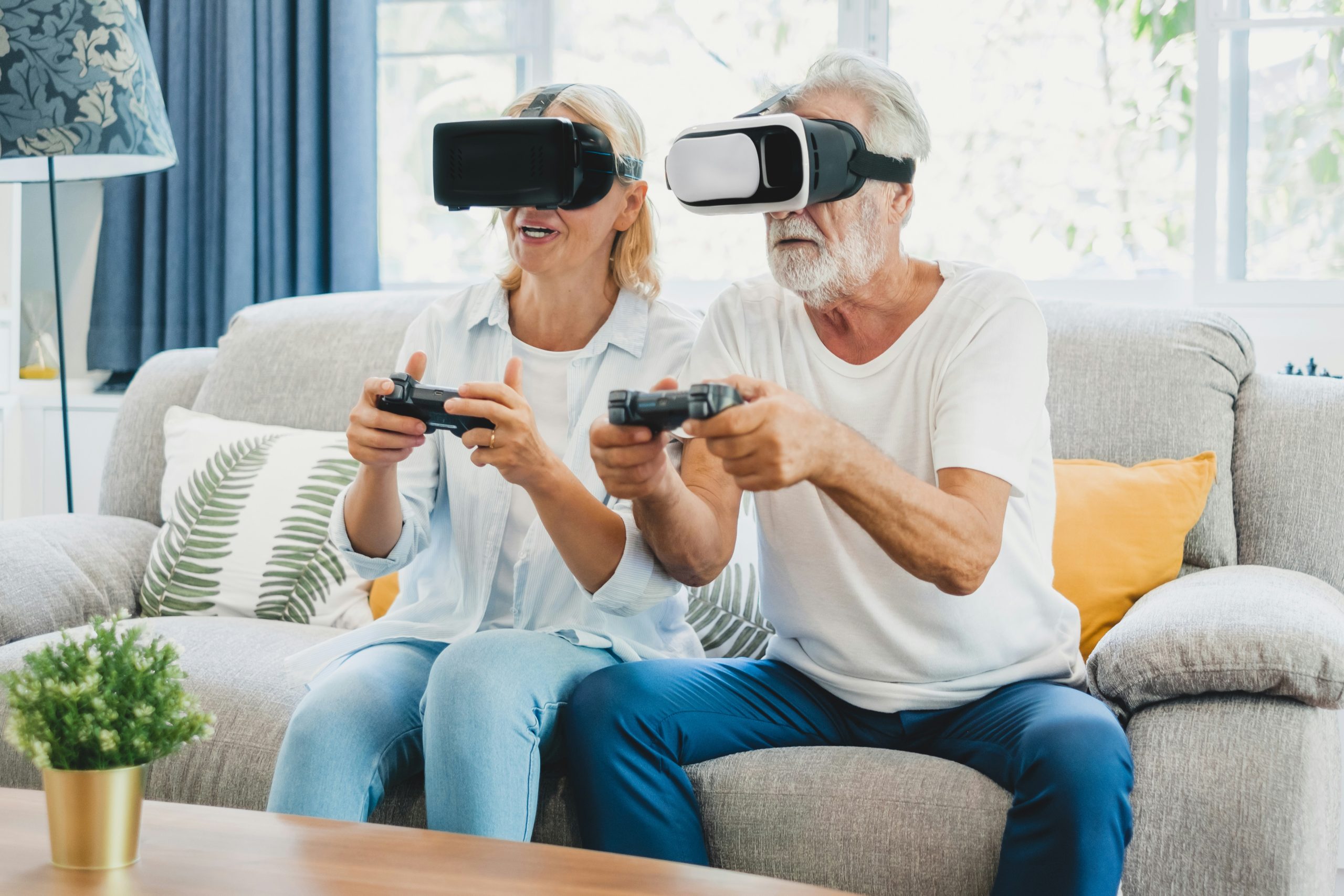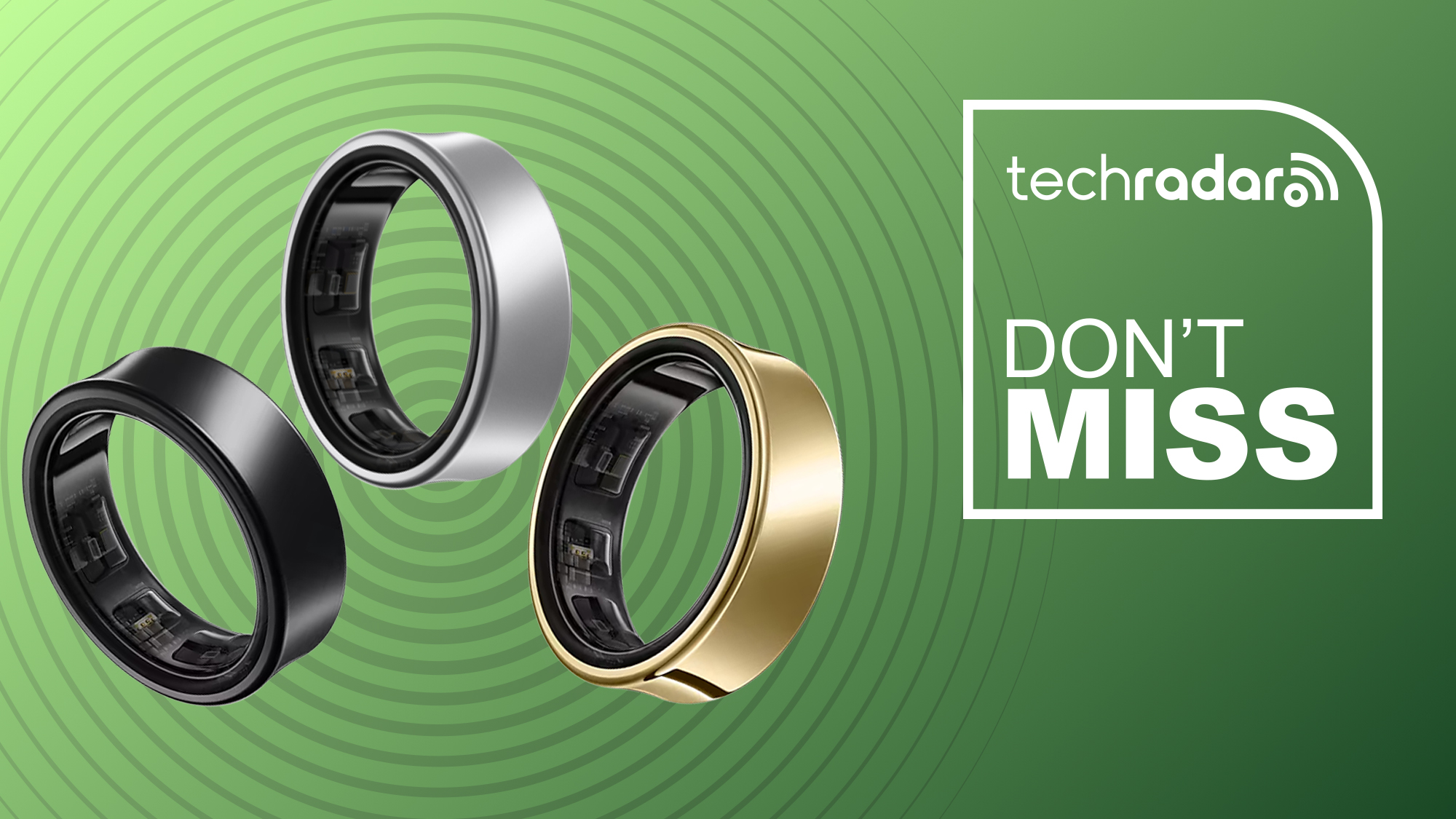NHL’s Dave Lehanski, Sony’s Theresa Alesso, and Beyond Sports’ Sander Schouten on what the deal means for the future of the NHL fan experience
Earlier today, Sony and the NHL announced a new multiyear global technology partnership that will see the league expand its use of Sony’s Beyond Sports’ technology for NHL animated data visualizations and Hawk-Eye measuring and tracking technologies, as well as invest in additinoal Sony products and technologies that will “bring NHL fans closer to the game than ever before.” It marks the latest chapter in the two companies’ ongoing collaboration in recent years.
SVG sat down with David Lehanski, NHL Executive Vice President, Business Development & Innovation; Theresa Alesso, President, Imaging Products and Solutions Americas, Sony Electronics; and Sander Schouten, CEO and Co-Founder, Beyond Sports; to dive deeper into the what the deal means for the future of the fan experience.
Why does this partnership make sense from the league’s perspective?

NHL’s Dave Lehanski: New Sony partnership is “really about where we go next and how we continue to transform.”
Lehanski: This is a true partnership with Sony – from Hawk-Eye to Beyond Sports to Imaging and cameras and even beyond that. This is an exciting overall partnership that has us thinking about the future and where we are going next. So it’s not just a partnership based on a few products that we knew we wanted; it’s a broader canvas that has the entire Sony [portfolio] in mind. Yes, we have a lot of [Sony technology] in place right now and we want to keep using those products and services, but it’s really about where we go next and how we continue to transform.
And from a Beyond Sports perspective?
Schouten: In this [partnership], we are never really satisfied and we are always trying to push each other further. The status quo is not accepted; we need to break that status quo to go further. We are always trying to improve – whether it is us coming to the NHL with new product and them always saying ‘yes, let’s do it’ or it is the NHL coming to us saying ‘that was great, but could you also do this?’ That dynamic is such a pleasure to work in and why we are so excited for the partnership that we now have in front of us.
And what about in terms of Sony as an overall company?
Alesso: We’ve worked with the NHL for a very long time and we’re thrilled that we can finally get to a point to solidify this in a much larger way. I think really the great working relationship we’ve already established together can now be taken to the next level. Obviously, that includes the great work already being done by the teams at Beyond Sports and Hawkeye. But we are also thinking about NHL staff photographers using our Alpha cameras for still imaging, [the role of] Sony studio cameras that bring all of the supporting engagements into the home, we also have center ice coverage, we have an ability to be able to partner with our cloud services team, and even can create a faster game with our transmitters so that data can be shared in a much quicker way.
But the most magical part of all of it is really the breadth of the entire [portfolio], bringing together our home entertainment, our personal audio, our imaging products, our sports technology products together with the NHL. We hope to be able to evolve the NHL experience for broadcasters and fans at home, fans in the stands, coaches, officials, and players alike. So we’re really excited about the breadth of what we can do together.
And how did your existing partnerships – especially using Beyond Sports and Hawk-Eye technology – play into this deal?
Lehanski: We’ve already had a lot of success and, certainly if things weren’t already going really well with Beyond Sports and Hawk-Eye, we wouldn’t be establishing this partnership today. But obviously they have overdelivered in every aspect and we couldn’t be more excited to continue leveraging those technologies and are excited about where we’re going to go using those platforms. It was really a no-brainer.
Sony obviously has a wide-rannging broadcast portfolio – what are some of the key technologies you see the being integrated by the NHL in the near-term?
Lehanski: If you just think about the different components, there are really three key pieces that stick out to me. I’ll start with the ability to leverage their technology to capture our game like never before: cameras, tracking systems, and other infrastructure that we can now look at putting into every building. Then there’s the processing of everything that we capture and that’s where the Big City Green Classic and other [animated data visualizations] that we’ve done with Beyond sports come into it. How do we take all the assets – the data and the video and the audio – and turn it into entirely new experiences. And then there’s distribution: where do we put that content and where do we think creatively about reaching the fan in the future? There are incredible opportunities that we are looking at right now which will go beyond anything that we’ve done to date.
So that’s a high-level overview, but it’s really about the breadth of all the products and services and how they can help us create really transformative change for the NHL.
Can we expect more animated broadcasts next season as a result of this deal?
Lehanski: Yes, there will be more animated data visualization content produced with Beyond Sports and in a greater variety of formats – from full games to condensed games to highlights. You’ll see more of that content distributed across linear, streaming, and other platforms. Right now we’re homing in on conversations about the optimal use of the technology. We think we’re just scratching the surface with short form content highlights and clips and how we leverage that across all platforms, including social media and digital environments and gaming platforms. You’re going to see more of that this year.
Can you offer any concrete examples of how this partnership will manifest itself next season beyond the animated data visualizations?
Lehanski: We’re going to continue to produce that content with a focus on a younger audience because we think there is an inherent connection there, but we’re also going to expand [Beyond Sports technology] into new opportunities.
For example, during the Western Conference Finals on ESPN, PK Suban used the Beyond Sports environment for game analysis. So that’s an example of how the technology can be applied in a completely different way and you’re going to see a lot more of that. We are witnessing the beginning of an evolution for game broadcast not just for the NHL but in other sports as well. If you fast forward, picture that experience, but on a personal level for the fan. A fan could actually go into a game and experience it that way and customize different elements of the experience

Beyond Sports’ Sander Schouten: “The ultimate dream is to give the creation engine to the masses.”
Schouten: Sony believes that we need to give the creativity back to the user and that’s what we envision over these years to come to fruition. We know that the new generations want to participate more; they just don’t want to have a linear lean-back experience. Some [fans] are going to follow certain personalities or certain aspects of the game. Maybe you want to watch a whole match from a goalie perspective or from a top view. So what you’re going to see is a momentum shift from one singular broadcast to many [versions] of the broadcast for this younger generation. And then eventually, as Dave said, the ultimate dream is to give the creation engine to the masses.
Lehanski: Another example is how we’ve worked with Beyond Sports to produce custom environments leveraging IP like Big City Greens. We’ve created really amazing fantastical backdrops for these games and, eventually, we want to give fans an opportunity to customize some what they see and select how they view it in terms of the camera angle and the level of interactivity. That’s further down the road, but we’ll absolutely get to that point.
And what about from a Hawk-Eye standpoint?
Lehanski: We currently have the Hawk-Eye skeletal and stick tracking optical system in all 32 arenas. We’ve used this season mostly to validate the data from arena to arena, but we also used it the animated digital visualization content we produced, including the five live games we did this year. You’re going to see more use of that data next season – both from a data standpoint with regard to new stats, events and analytics that we’ll be able to track from the skeletal and stick tracking, as well as other types of experiences for how we take that data and create virtual experiences where players as avatars are representing what’s happening on the ice.
And how about leveraging the rest of Sony’s technology portfolio? Any specific examples of how we’ll see that play out?

Sony’s Theresa Alesso: “We’re really excited about the breadth of what we can do together.”
Lehanski: One other thing that we’re working on with Sony for next season and beyond, is finding new ways to bring a more authentic version of the live experience to fans at home. Everyone knows the experience of live hockey in the arena is amazing, but we want to be able to distribute that out and create an equally compelling experience for fans’ screens and devices – wherever they may be. We used to look at the arena as a challenge to deal with from a broadcast standpoint because of the ice and boards and glass. But now we see an opportunity to use technology to capture the game in a really unique way. So we’re thinking about the arena infrastructure of the future – cameras, microphones, lighting and everything else – and how we can create not only the optimal theater setting for a live event, but a studio setting where we can capture that live event in myriad ways and be able to create new experiences.
Alesso: One example that immediately comes to mind is that our HDC-P50 studio camera is now the center ice camera for [NHL broadcasts]. We want to give fans that are sitting at home the same feel and quality of experience that they would have at the arena. We also are looking to become more efficient. For example, the Sony [PDT-FP1 portable data] transmitter allows content to be shifted back and forth, so if you’re shooting on an Alpha camera, you can move that content in a much more efficient and effective manner. We’ve been in the broadcast arena for over 40 years and I’ve been here for 35 of them – and we’ve dreamed for the day that we can take the great technology that we have and team up with a league like the NHL to really bring it to life.
This interview has been edited for length and clarity.



































































